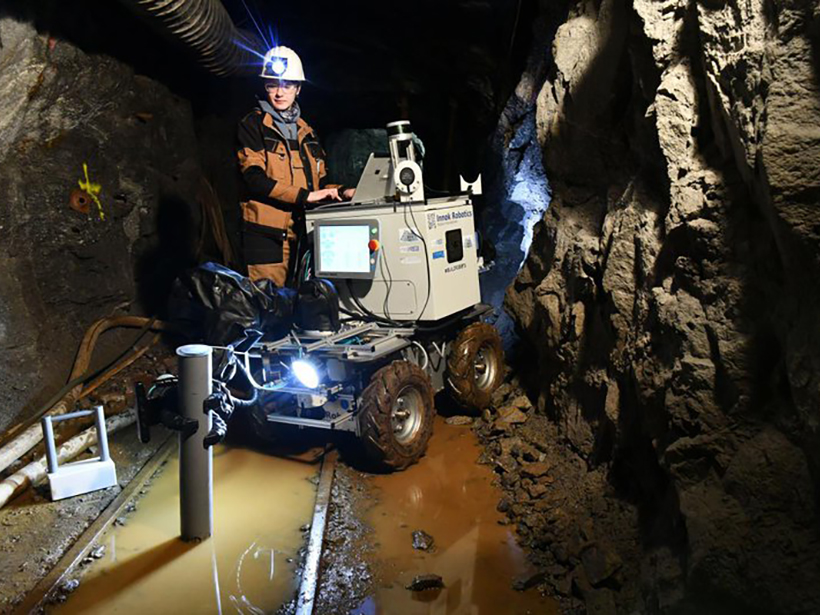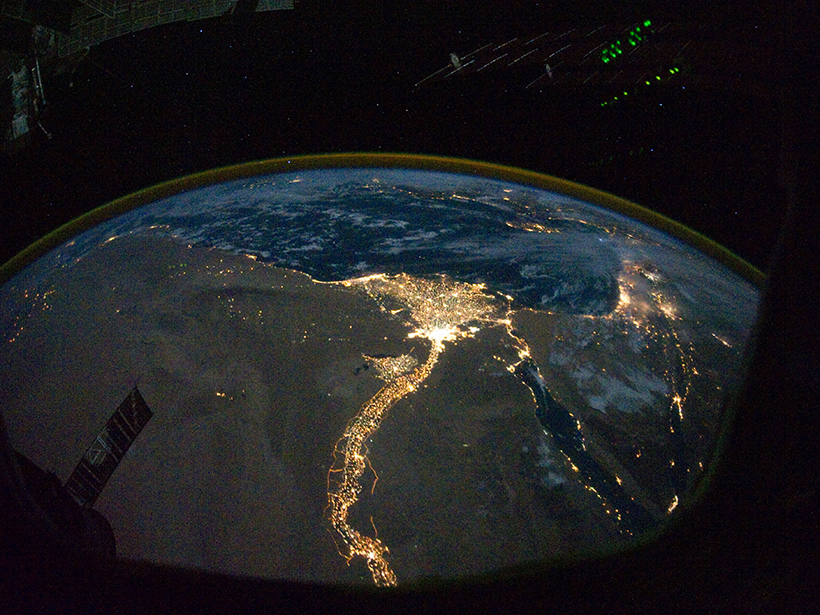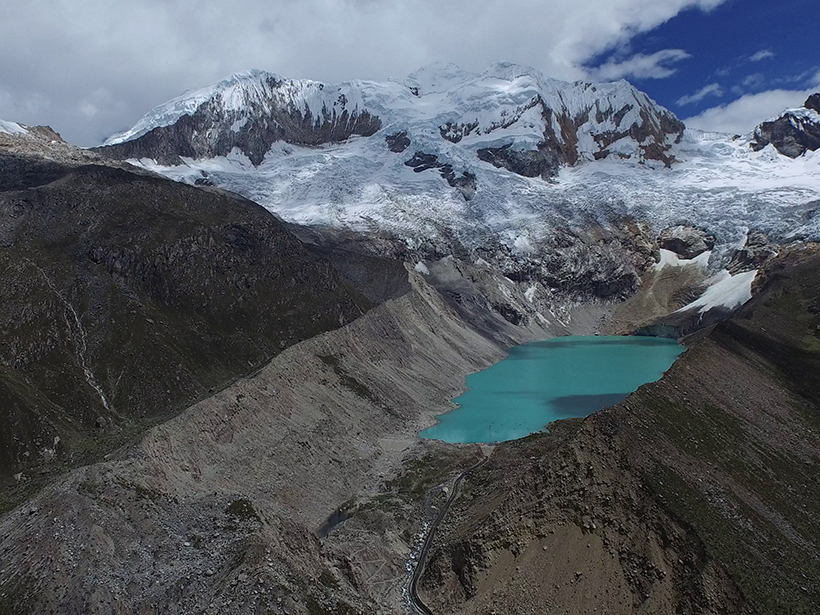From exploring flooded sites to providing alerts, use of robotics aims to “increase the arsenal of tools that can help miners work more safely and efficiently.”
Features
The Carbon Market Potential of Asbestos Mine Waste
Researchers have devised new methods to turn toxic asbestos mine tailings into innocuous piles of carbonate rock and draw down atmospheric carbon dioxide at the same time.
The Search for the Severed Head of the Himalayas
To unearth the very first sediments to erode from the Himalayas, a team of scientists drilled beneath the Bay of Bengal.
“Legendary” Mentor Follows the Groundwater
Mary Pikul Anderson, a lauded hydrogeologist, has advised more than 50 graduate students.
The Renaissance of Hydrology
Hydrology has evolved as a transdisciplinary, data-driven science in a remarkably short period of time.
How Did We Miss This? An Upper Atmospheric Discovery Named STEVE
Captured unknowingly by scientific instruments for years, a sky phenomenon is finally brought to the attention of researchers by eagle-eyed citizen scientists.
Isotope Geochemists Glimpse Earth’s Impenetrable Interior
Painstaking measurements of isotopes and their relative abundance in rocks have illuminated the hidden inner Earth and our planet’s origins and shadowy past for much of the preceding century.
The Dangers of Glacial Lake Floods: Pioneering and Capitulation
During the past 70 years, Peruvian engineers virtually eliminated the risks posed by glacial lake floods. But climate change and a political blind eye are increasing the dangers once again.
The Unsolved Mystery of the Earth Blobs
Researchers peering into Earth’s interior found two continent-sized structures that upend our picture of the mantle. What could their existence mean for us back on Earth’s surface?
Climate Modeling Pioneer Leads as Role Model Too
For 60 years atmospheric scientist Warren M. Washington has conducted groundbreaking climate modeling—and launched brilliant careers.










